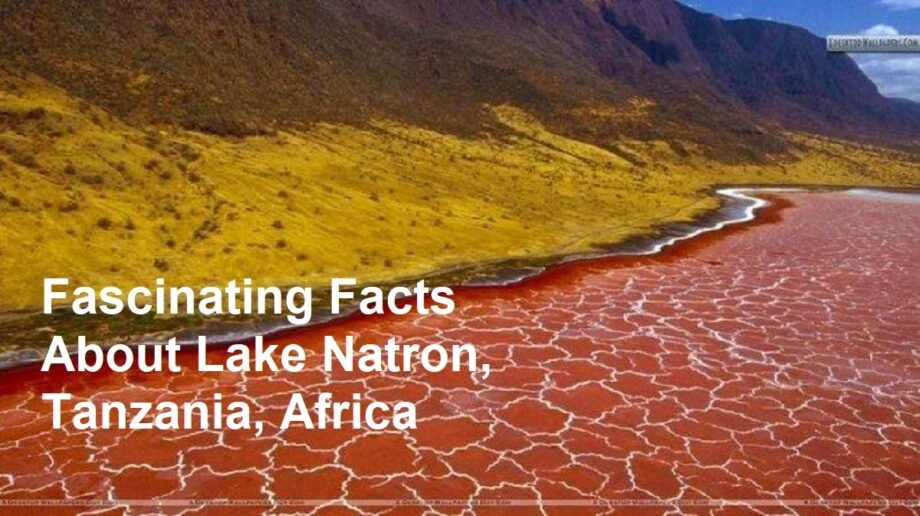Introduction
Lake Natron, located in northern Tanzania near the Kenyan border, is one of Africa’s most extraordinary natural wonders. This salt and soda lake is renowned for its unique characteristics and harsh environment, making it a captivating topic of interest for geologists, biologists, and travelers alike.
Unique Characteristics of Lake Natron
| Feature | Description |
| Type: | Alkaline Salt Lake |
| Location: | Northern Tanzania, East Africa |
| Surface Area: | Approx. 1,040 km² (400 square miles) |
| Water Color: | Often reddish or pink due to microorganisms |
| Temperature: | Water can reach up to 60°C (140°F) |
| pH Level: | Extremely alkaline, about 10.5 or higher |
| Formation: | Result of volcanic ash and minerals from surrounding mountains |
Why Is Lake Natron So Unique?
1. Alkaline and Saline Environment
Lake Natron’s extreme alkalinity and salinity create a chemical environment inhospitable to most life forms, but it supports specially adapted microbes and algae. These organisms give the lake its distinctive reddish hue.
2. High Water Temperature
The lake has some of the highest recorded water temperatures for a natural body, sometimes reaching up to 60°C. This heat is due to the shallow depth and intense evaporation under the hot sun.
3. Unusual Mineral Composition
The lake’s waters are loaded with sodium carbonate and other minerals, stemming from volcanic activity nearby. This chemical mixture can calcify animals that die in the lake, turning them into natural “statues.”
Ecological Importance of Lake Natron
Breeding Ground for Lesser Flamingos
Lake Natron is one of the primary breeding sites for the Lesser Flamingo, a striking bird species that depends on the lake’s microalgae for food. The lake’s harsh environment protects the flamingo nests from predators, making it an essential sanctuary.
Other Interesting Facts
- Calcification Phenomenon:Animals that die in the lake often get covered in a layer of salt and minerals, appearing as statues. This eerie effect has fascinated scientists and photographers worldwide.
- Remote and Harsh Location:The lake lies within a volcanic basin, surrounded by rugged terrain, making it a challenging destination for tourists.
- Economic Value:Despite its harshness, the lake’s minerals are mined for soda ash, used in manufacturing glass and detergents.
- Part of the East African Rift System:Lake Natron is part of a larger geological rift system formed by tectonic activity, contributing to its unique geology.
Conservation and Tourism
Lake Natron is a protected area due to its ecological importance. Efforts are in place to balance local economic activities with conservation. Ecotourism is growing, attracting visitors interested in unique wildlife and geological phenomena.
Conclusion
Lake Natron in Tanzania is a natural marvel characterized by its extreme chemical environment, unusual colors, and vital role in the survival of lesser flamingos. Its fascinating geology and ecology make it a significant feature of Africa’s natural heritage. Understanding these facts helps appreciate the delicate balance of nature in one of Earth’s most extreme habitats.









